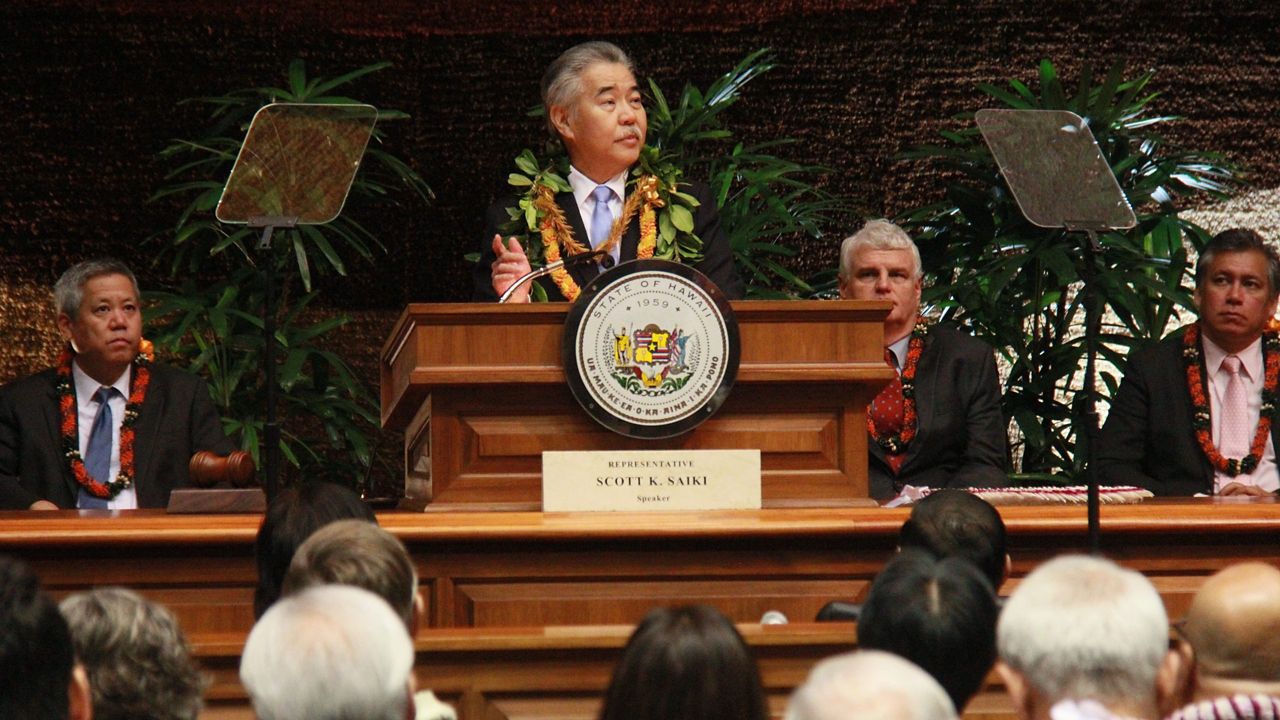HONOLULU — When Gov. David Ige steps before the state Legislature Monday morning for his final State of the State address, he will do so under conditions markedly different from those that attended the start of his administration.
The address will be broadcast on Olelo Channel 49 and live-streamed on Ige’s Facebook page (Facebook.com/GovernorDavidIge) at 10 a.m.
While the likely points of emphasis may be familiar — the economy, education, the environment, homelessness, the need for economic diversification — the discussion will be heavily contextualized by the ongoing COVID-19 pandemic and the state’s sometimes controversial yet generally well-affirmed response.
While it once seemed that Ige’s legacy would be encapsulated by his awkward and widely criticized response to the 2018 false missile alert, his pandemic response, as it has for governors across the country, has become the defining measure of his leadership.
Ige’s speeches have typically presented his proposed long- and short-term goals as affirming the state’s unique history and character. His final address to the legislature will likely include a vision of Hawaii in the near future that reflects his administration’s reaction to the lessons of the pandemic.
Ige gestured in this direction in last year’s State of the State, though in more abstract terms.
“This public health crisis has forced us to look down a different road,” Ige said. “But it has not determined where that road will end. That has always remained in our hands. The pandemic has not forced us to change. That we must do on our own to address the challenges we face. But our strength lies in something deeper than those superficial changes. It lies in who we have always been as a people. Hawaii is all of us poured into this vessel—a pot that doesn’t melt away our differences but highlights them, emphatically and proudly. That is our strength.”
While the current omicron surge may overshadow what had been one of the country’s most effective efforts in controlling COVID-19 transmission, Ige can point to the unexpected spike in state tax revenue as an encouraging sign that his administration’s efforts to balance public health and economic recovery have been effective. Collections are projected to exceed $8 billion for the first time.
Entering the final year of his two-term run as governor, Ige will be hard-pressed to balance a valedictory summation of his successes with a forward-looking agenda for 2022 that pushes against any possible perception of him as a lame duck for the remainder of his time in office. Here, Ige may point to galvanizing efforts to expand broadband access to rural areas and raise the minimum wage for the first time since 2018.




